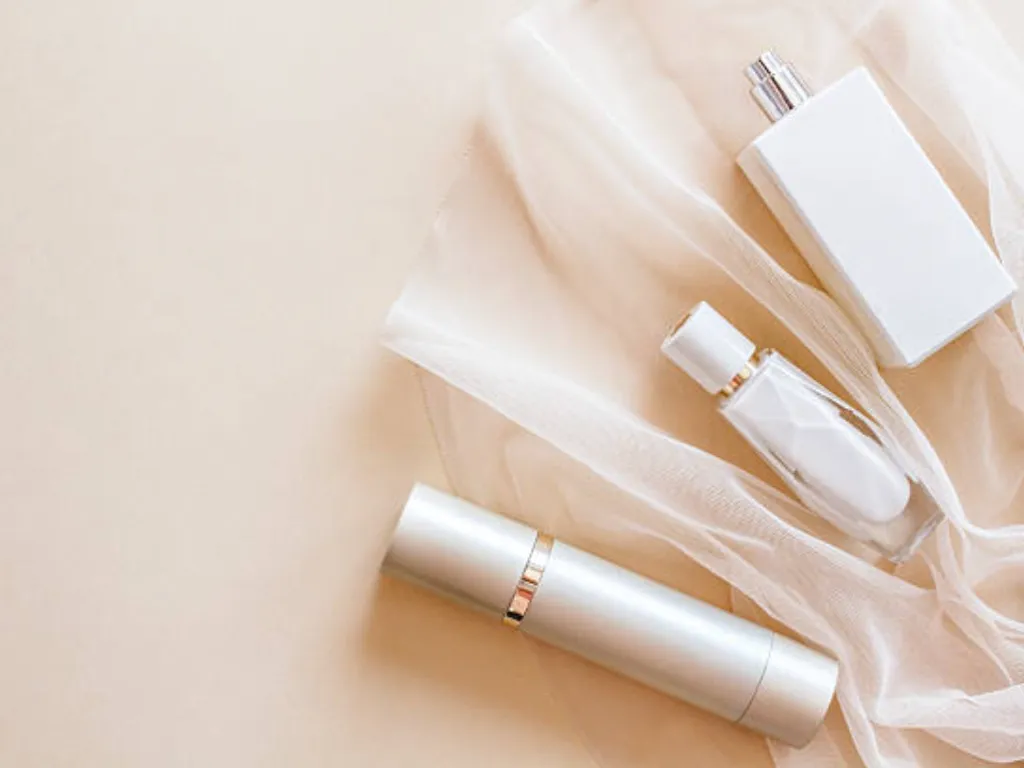日焼け止め配合物は、製品の安全性と有効性を確保しながら、有害な紫外線から肌を保護するために非常に重要です。. 日焼け止めの主な成分を理解する, アクティブ UV フィルターから安定剤や感覚増強剤まで, 高品質なものを生み出すためには欠かせない, 消費者に優しい製品. 環境に優しくサンゴ礁に安全な日焼け止めの需要が高まる中, メーカーは環境への影響も考慮する必要がある, 特に原材料の選択とパッケージングにおいて. このガイドでは、日焼け止めの必須成分について説明します。, 製造工程, 日焼け止めの未来を形作るトレンドと.
日焼け止め処方の主な成分: 知っておくべきこと
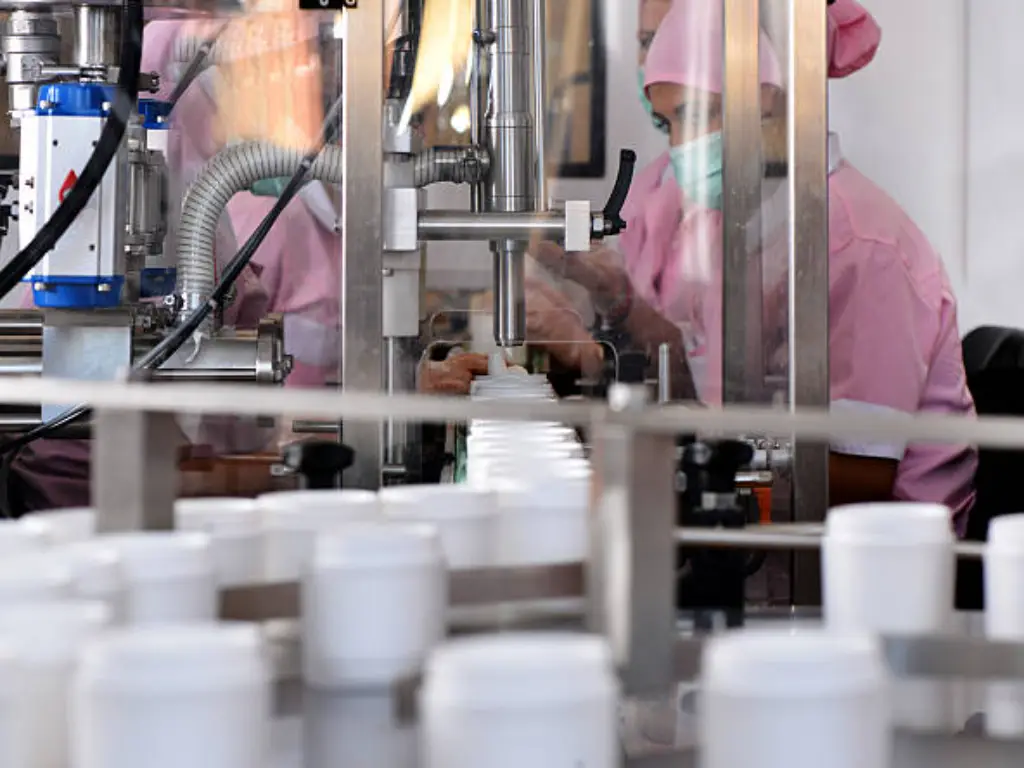
日焼け止めにはさまざまな成分が含まれています, それぞれが特定の目的を果たす. これらには紫外線を防ぐ有効成分が含まれています, 製剤安定剤および感覚増強剤だけでなく. これらの各成分は、日焼け止めの効果を確実にする上で重要な役割を果たします。, 安定性, 全体的なユーザーエクスペリエンス. 以下は、日焼け止めに含まれるこれらの必須成分とその機能の詳細な内訳です。.
1. 日焼け止めの有効成分 (10–30%)
日焼け止めの有効成分は、紫外線防御の役割を担う主な薬剤です. それらは次のように分類できます。 化学薬品 (オーガニック) フィルター そして 物理的な (ミネラル) フィルター.
ケミカルフィルター (2–10%)
- オキシベンゾン: 2-6% – UVA光線を吸収します, ただし、敏感肌を刺激する可能性があり、環境に影響を与える可能性があります。.
- アボベンゾン: 3-5% – 広域スペクトルの UVA 保護を提供し、光老化や皮膚がんの予防に重要です.
- オクチノキシン酸: 7.5-10% – 主に UVB 線から保護し、日焼けを防ぐために広く使用されています.
- オクトクリレン: 2-10% – UVB 線から保護し、他の有効成分を安定化します。, 耐水性に貢献.
物理フィルター (5–25%)
- 酸化亜鉛: 5-25% – UVA と UVB の両方の光線に対して広範囲の保護を提供します. より穏やかな特性のため、敏感肌にとって特に有益です.
- 二酸化チタン: 4-10% – 主に UVB 線と一部の短い UVA 線をブロックします。, 敏感肌に最適です.
2. 製剤安定剤 (50–60%)
配合安定剤は日焼け止めの効果と保存期間を維持するために不可欠です. 熱などの環境要因による有効成分の劣化を防ぎます。, ライト, そして空気. これらの安定剤には水などの溶媒が含まれることがよくあります。, アルコール (例えば。, エタノール, イソプロピルアルコール), とグリセリン, 有効成分を溶解し、製剤全体に均一に分散させるのに役立ちます。, スムーズで安定した製品を保証する. そして抗酸化物質も含まれています, 防腐剤と乳化剤.
- 酸化防止剤: 0.5-1% (例えば。, ビタミンe, 緑茶エキス) – 有効成分の酸化を防ぎ、紫外線暴露によるフリーラジカルによるダメージから皮膚を保護します。.
- 防腐剤: 0.5-1% (例えば。, フェノキシエタノール, エチルヘキシルグリセリン) – 製品が微生物汚染されておらず、その有効性が維持されていることを確認します。.
- 乳化剤: 1-5% (例えば。, セチルアルコール, ポリソルベート) – 油相と水相の混合を助けます, 配合が一貫して滑らかな状態を保つようにする.
3. 感覚増強剤 (13–33%)
日焼け止めのユーザーエクスペリエンスと全体的な感触を向上させるために、感覚増強剤が追加されています。, 貼りやすさと長期にわたる快適性を確保.
- シリコーン系コンパウンド: 1-3% (例えば。, ジメチコン) – シルキーな肌を提供します, 滑らかなテクスチャーでバリアを作り、日焼け止めの水や汗に対する耐性を高めます。.
- ゲル化剤: 0.5-2% (例えば。, キサンタンガム) – 日焼け止めの質感と伸びを向上させます。, 縞目を残さずに肌の上で簡単に滑ります。.
- 香り: <1% – 日焼け止めの感覚的な魅力を高めます. 敏感肌タイプの刺激を避けるために、一部の処方は無香料です.
一般的な日焼け止め配合物
- 耐水性日焼け止め: これらには通常、水や汗にさらされた後でも日焼け止めの効果を維持できるように、安定剤と皮膜形成剤が組み込まれています。.
- スプレー日焼け止め: スプレー製剤には多くの場合、化学フィルターと物理フィルターが混合して含まれており、利便性を考慮して設計されています。, ただし、より頻繁な再適用が必要になる場合があります.
肌のタイプに基づいて日焼け止めをカスタマイズする方法: 専門家のヒントとアドバイス
肌タイプごとに異なるニーズがあります, そしてあなたのカスタマイズ 日焼け止め 肌の固有の特性に基づいて選択すると、その効果が大幅に向上します. 以下は、さまざまな肌タイプに基づいて適切な日焼け止めを選択する方法の概要です。.
脂性肌
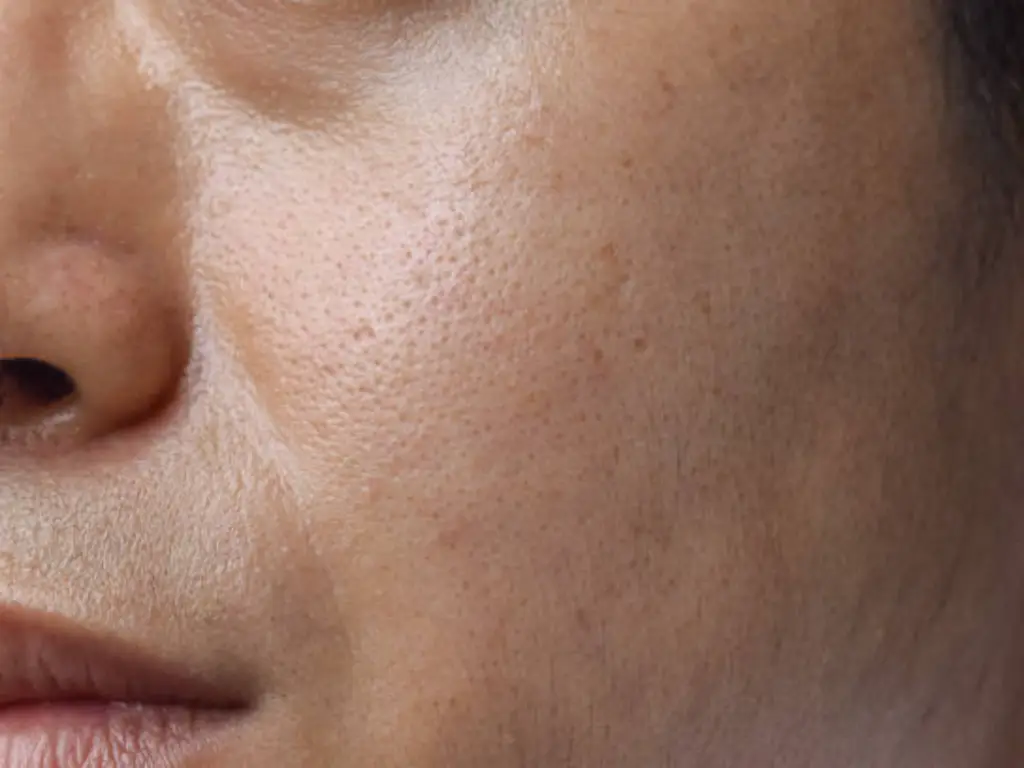
脂性肌の方へ, 軽量化に重点を置く必要があります, 毛穴を詰まらせたり、油状の残留物を残さないノンコメドジェニック処方. オイルフリー配合のジェルベースの日焼け止めまたは液体日焼け止めは、素早く吸収されマットな仕上がりになるため理想的です。. シリカまたはカオリンクレーを含む日焼け止めは、過剰な油分とテカリを制御するのに役立ちます.
乾燥肌
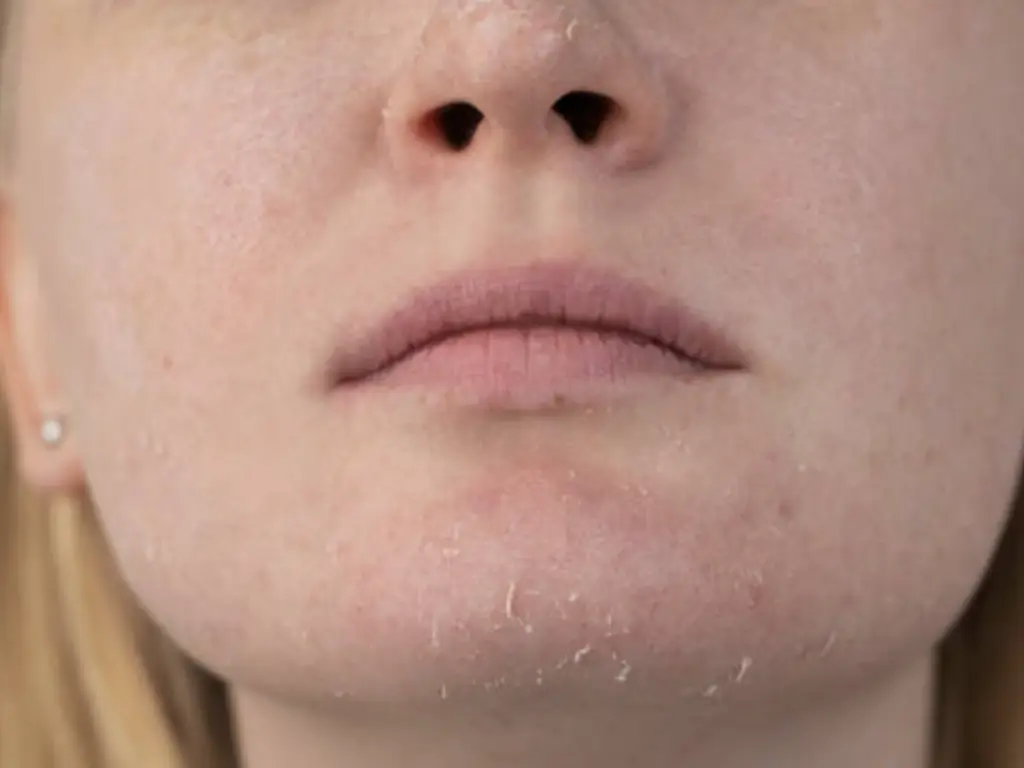
乾燥肌には追加の水分補給と栄養が必要です, グリセリンなどの保湿成分を配合したクリームベースの日焼け止めを作る, ヒアルロン酸, またはセラミドが最良の選択肢です. これらの成分は肌に水分を閉じ込めるのに役立ちます, 塗布後の締め付け感や不快感を防ぎます.
敏感肌
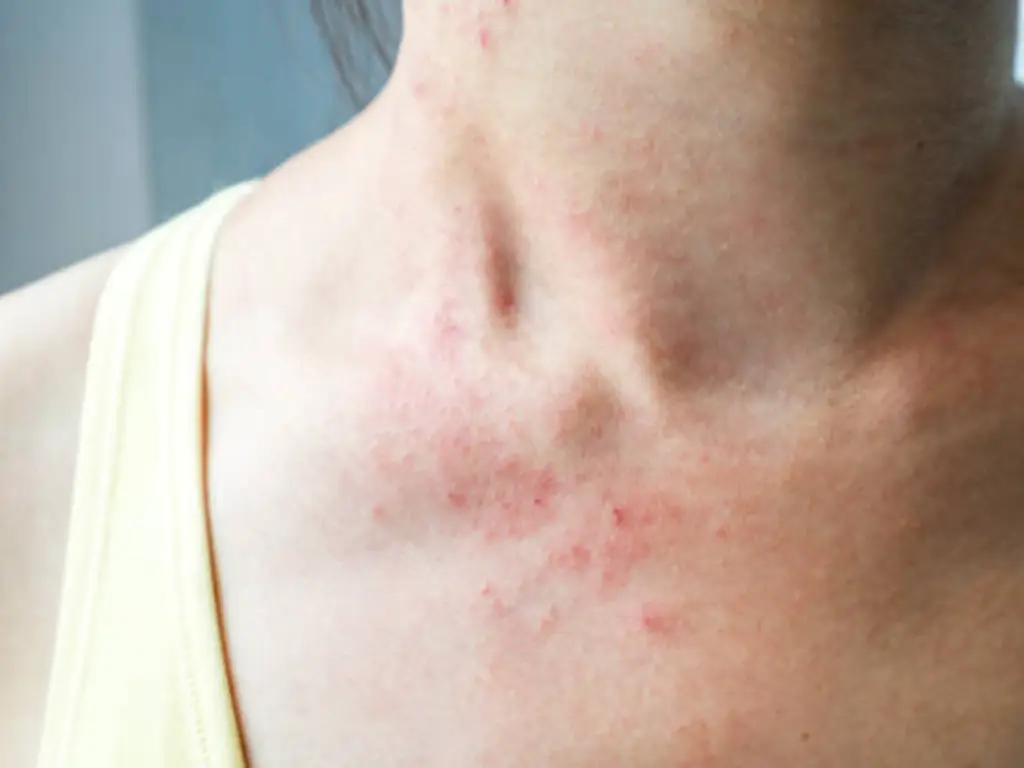
敏感肌は刺激やアレルギー反応を起こしやすくなります, 酸化亜鉛や二酸化チタンなどの物理フィルターを備えた日焼け止めを選択することが不可欠です. これらの成分は肌への刺激が少ない, 表面に留まり、皮膚に吸収されないため、. さらに, 無香料, 低アレルギー性処方を優先する必要があります.
混合肌
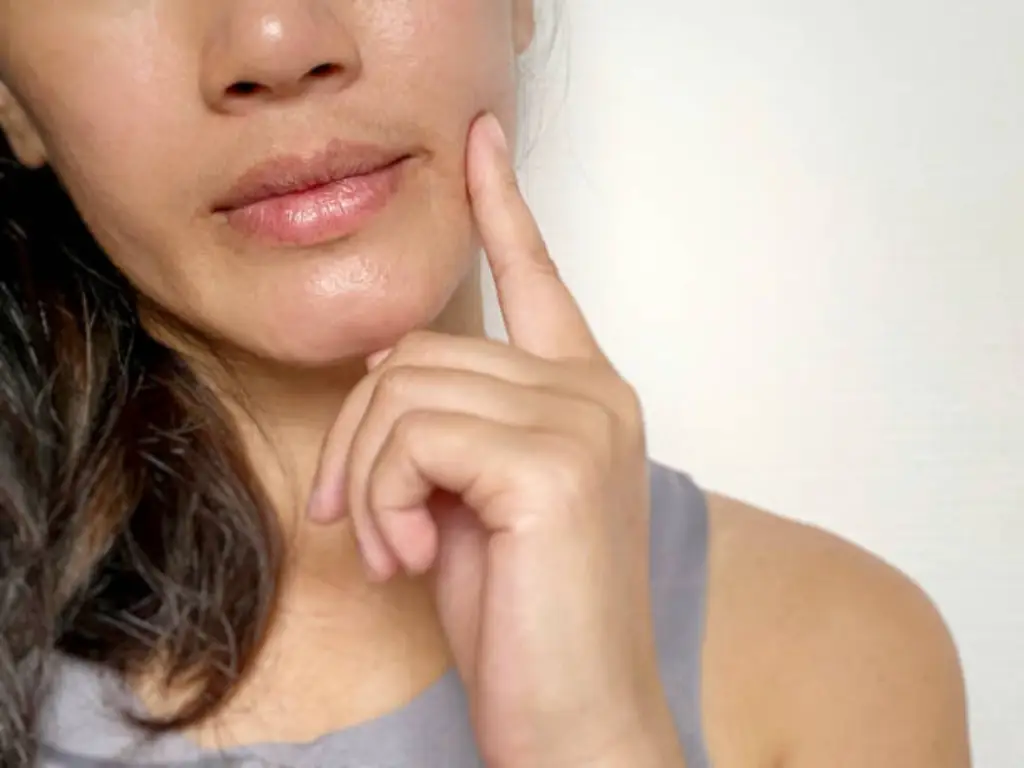
混合肌向け, 油分が多すぎることなく、十分な水分補給を提供する日焼け止めを選択することが重要です. 軽量, マット仕上げのベタつかない日焼け止めは、混合肌タイプに適しています。, Tゾーンの油っぽさを悪化させることなく、肌の潤いを保ちます。.
日焼け止めの製造工程: 段階的な内訳
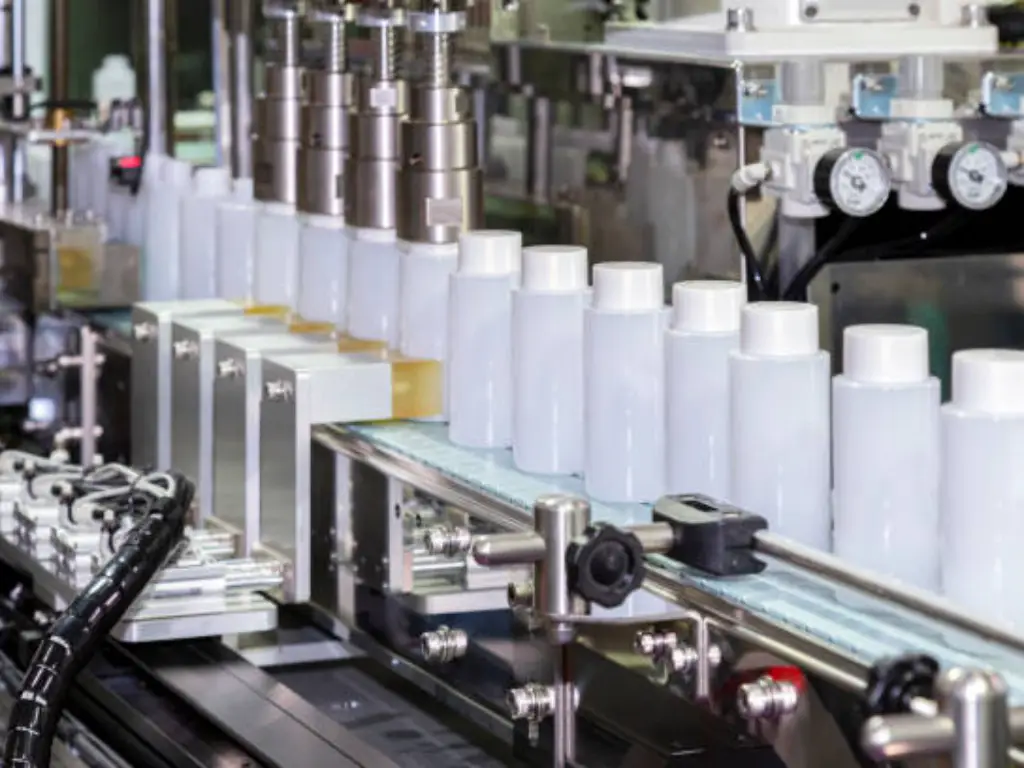
日焼け止めの製造プロセスは、最終製品が安全性と有効性の約束を確実に実現するために、高度に規制された正確な作業です。. 日焼け止め製造の主要な段階の内訳は次のとおりです。:
1. 原料調達と配合開発
プロセスは、規制基準を満たす高品質の原材料を選択することから始まります。. 配合者は化学者と協力して、UV保護と肌への適合性の両方のバランスが取れた日焼け止め配合を開発しています。. これには、化学フィルターと物理フィルターの適切な組み合わせを選択することが含まれます。, 安定剤, 乳化剤, 抗酸化物質などの追加のスキンケア成分.
2. 混合と乳化
材料が決まったら, それらは大きく組み合わされている, 工業用混合タンク. 日焼け止めは乳液です, つまり、両方の水分が含まれているということです- そして油性成分. 乳化剤は滑らかな質感を作るために使用されます。, 安定した混合物. このステップは、日焼け止めが均一な粘稠度を持ち、肌に簡単に塗布できるようにするために非常に重要です。.
3. 均質化と安定化
乳化後, 混合物は均質化され、大きな粒子が小さなサイズに分解されます。, 滑らかな質感を確保する. その後、式は安定します, つまり、長期間にわたって効果と一貫性を維持する能力がテストされるということです. これには追加のブレンドが必要になる場合があります, 日焼け止めの使用期限を延ばすための防腐剤も含まれています。.
4. 品質管理とテスト
この段階では, この日焼け止めは、SPF と広範囲の保護主張を検証するために広範なテストを受けています. この検査には in vitro 検査が含まれます (実験室ベースの) そして生体内試験 (人間の主題について). さまざまな条件下での皮膚刺激性や安定性も評価された日焼け止めです。, 気温の変化や紫外線など.
- SPFテスト: SPFをテストするとき, 値が実際に何を表しているのかを理解することが重要です. SPF は、日焼け止めが UVB 光線から保護する能力を測定します。, 主に日焼けの原因となり、皮膚がんのリスクに寄与します. 例えば, SPF入りの日焼け止め 15 約ブロック 93% UVB光線の, SPFの間 30 ブロック 97% , とSPF 50 周りのオファー 98% 保護. SPF 値が高いほど保護力はわずかに向上しますが、, SPFを超えると大きな違いはありません 30, ただし、長時間日光にさらされる場合や敏感肌の人にとっては重要かもしれません.
- 広範囲のテスト: 日焼け止めが UVA 光線と UVB 光線の両方から保護されていることを確認するには、広域スペクトルのテストが不可欠です. UVA 線は長期的な皮膚ダメージの原因となるため、これは特に重要です。, 早期老化など, 一方、UVBは即時日焼けを引き起こします.
- 安定性および皮膚刺激性試験: メーカーは、日焼け止めの効果が長期間持続することを確認するために安定性テストも実施しています。, 配合がすべての肌タイプにとって安全であることを確認するための皮膚刺激性テストも行っています。.
5. 包装
製品がすべてのテストに合格すると、, ボトルに詰められています, チューブ, またはスプレー. パッケージは見た目の美しさだけでなく、日焼け止めを汚染や劣化から守るように設計されています。. 包装も規制ガイドラインに準拠する必要があります, これには、SPF およびその他の表示の明確な表示が含まれます。.
日焼け止め製造における環境への配慮
日焼け止めが環境に与える影響への懸念が高まっています, 特に特定の成分が海洋生態系に与える影響によるもの. オキシベンゾンとオクチノキサート, 日焼け止めによく使われる, サンゴの白化を引き起こし、海洋生物に害を及ぼすことが判明している. これにより、サンゴ礁に安全な代替品に対する需要が高まっています, 通常、酸化亜鉛と二酸化チタンが含まれます。. これらのミネラルフィルターは水生環境への害が少ないため、日焼け止め配合物として人気が高まっています。.
FDAが承認しました 16 日焼け止めに使用される有効成分. しかし, 一般に安全で効果的であると広く認識されているのは、酸化亜鉛と二酸化チタンだけです (脂肪). これら 2 つのミネラル成分は、海洋生物に重大なリスクをもたらすことなく広範囲の保護を提供します。.
パッケージングの革新: 製品の完全性と消費者の洞察を保護する
パッケージは日焼け止め製造の重要な部分です, フォーミュラを光から守るため, 空気, およびその効果を低下させる可能性のある汚染物質. エアレスポンプディスペンサーとUVカットボトルが標準になりつつある, 製品の寿命と安定性を確保する.
消費者の好みにも応える革新的なパッケージデザイン, 利便性の提供, 使いやすさ, そして明確なラベル. 業界が持続可能性を目指す中、, 環境に優しい包装オプションが注目を集めています, プラスチック廃棄物の削減に貢献し、環境に配慮した実践をサポートします.
日焼け止め製造の今後の動向: この先に何があるのか
日焼け止め業界は急速に進化しています, 配合科学の進歩によって推進される, 環境に優しい製品に対する消費者の需要の増加, パーソナライズされたスキンケアにさらに重点を置く. 将来のトレンドには、生分解性日焼け止めの開発が含まれる可能性があります, 高度な UV フィルター, スキンケア効果を統合した製品, アンチエイジングや抗炎症作用など.
日焼け止めメーカー Oully と同様に、日焼け止めの効果を向上させるテクノロジーにも投資しています。, 環境への影響を最小限に抑えながら、有害な紫外線に対するより包括的な保護を確保します。.
日焼け止め塗布のベストプラクティス: 長期にわたる保護のためのヒント
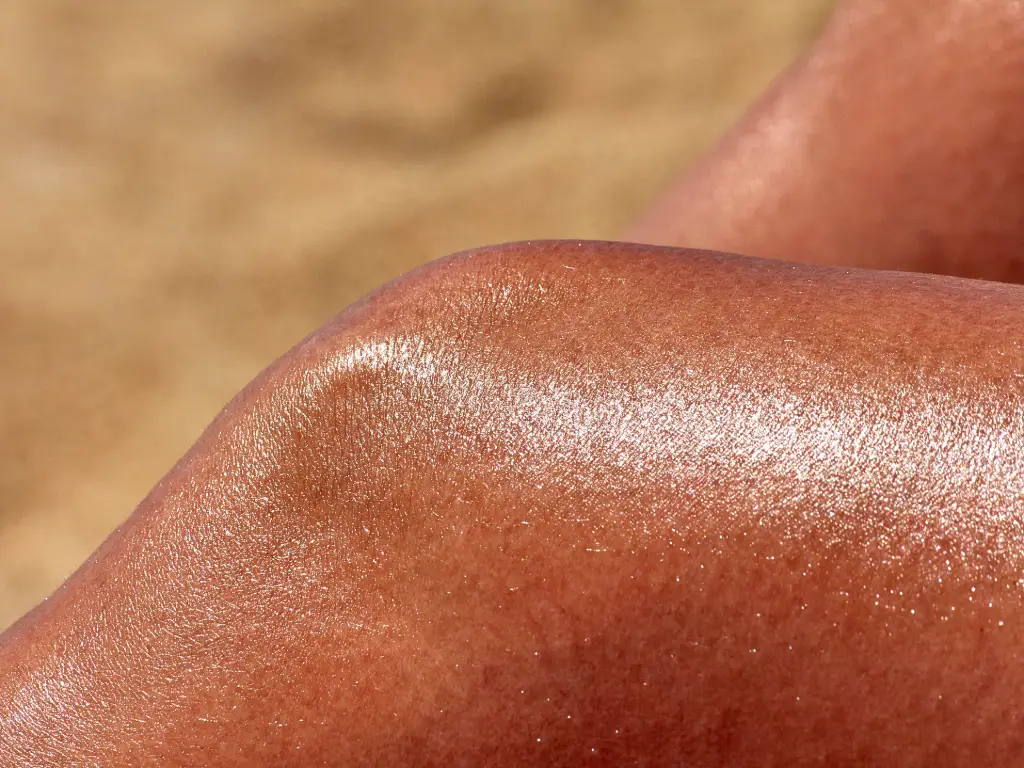
日焼け止めの効果を最大限に高め、有害な紫外線から長期間保護します。, 適切な適用が鍵です. 従うべきベストプラクティスをいくつか紹介します:
- 惜しみなく応募する: 露出した皮膚をすべて覆うのに十分な量の日焼け止めを使用してください. 推奨量は約1オンスです (ショットグラスいっぱい) 体全体を覆うように. 首の後ろや耳など手の届きにくい部分も忘れずに.
- 日光に当たる前に塗布してください: 少なくとも日焼け止めを塗ってください 15 屋外に出る数分前. これにより、製品が完全に吸収され、皮膚に保護バリアを形成することができます。.
- 定期的に再申請する: 2時間ごとに再申請します, 水泳の場合はさらに頻繁に, 発汗, またはタオルドライ. 日焼け止めは時間の経過とともに剥がれたり、効果が失われたりする可能性があります, 特に水中や激しい身体活動中.
- 広域保護を使用する: 広範囲の保護を提供する日焼け止めを選択してください, UVA と UVB の両方の光線に対するシールド. UVA光線は長期的な皮膚ダメージを引き起こす, 一方、UVB光線は日焼けの原因となります。.
- 唇と目をスキップしないでください: 直射日光によるダメージを防ぐために、SPFを含むリップクリームとUVブロックサングラスで唇や目などの敏感な部分を保護してください。.
これらのアプリケーションのヒントに従ってください, 日焼け止めが最大限の保護を提供することを保証できます, 日焼けのリスクを軽減するのに役立ちます, 未熟老化, そして皮膚がん.
オウリー: 大手プライベートブランド日焼け止めメーカー
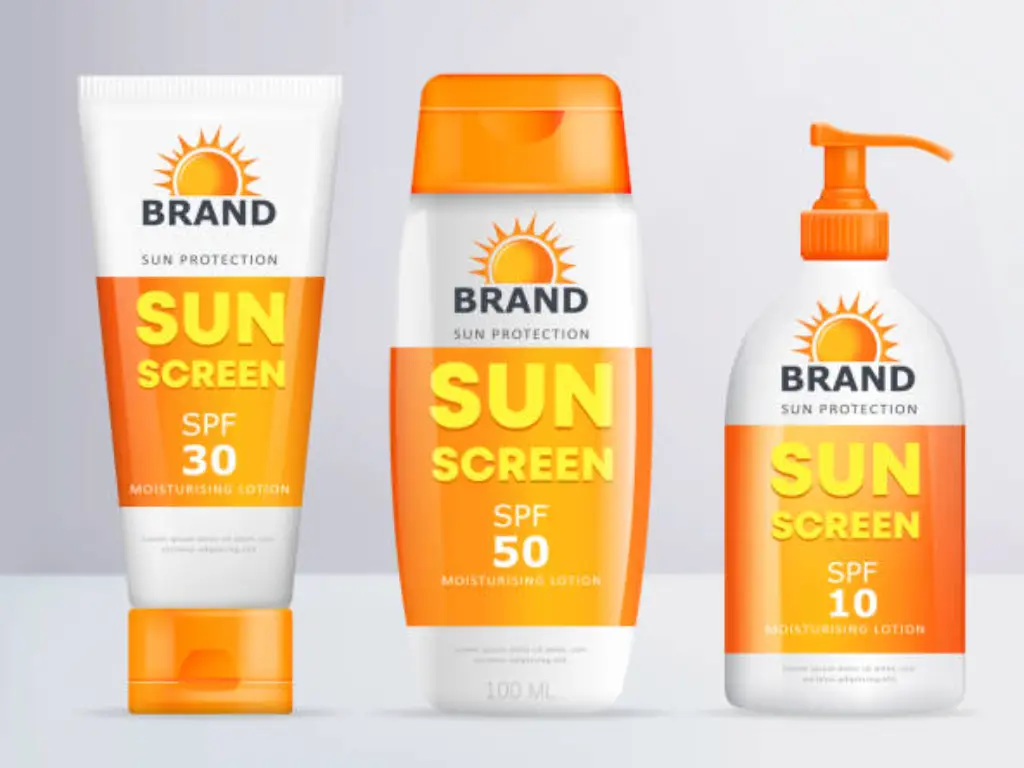
オウリー は信頼できるプライベートブランドの日焼け止めメーカーです, 高品質に特化した, カスタマイズ可能な日焼け止めソリューション. 酸化亜鉛や二酸化チタンなどのサンゴ礁に安全な成分に重点を置いています, Oully は環境への責任を推進しながら、広範囲の保護を保証します. エンドツーエンドのサービスを提供します, 製剤開発も含めて, パッケージデザイン, 規制遵守と, ブランドが効果的で持続可能な製品を開発できるように支援する. Oully は、環境に優しい日焼け止めソリューションに対する需要の高まりに応えることに全力で取り組んでいます。.
広州にある当社の工場を訪問して、配合について話し合ったり、貴社のブランドの日焼け止め製品に命を吹き込む方法を検討したりすることをお勧めします。. 今すぐお問い合わせいただき、訪問のスケジュールを立て、Oully との旅を始めましょう.




